Better late than never! The 1970 Chevrolet Camaro and Pontiac Firebird were introduced on this day in 1970. This was the introduction of the second-generation versions of both pony cars, so the whole-wide world was waiting to see what General Motors had in store for enthusiasts.
Why were these cars delayed? Blame can be placed at the remodeling of the Norwood assembly plant, training the staff for the new processes, issues with the rear quarter panel stamping, and issues with the Electro-Coat Paint Operation (dipping the body into a tank of charged paint to apply a corrosion-resistant primer). In turn, the 1969 models were produced through the end of the calendar year.
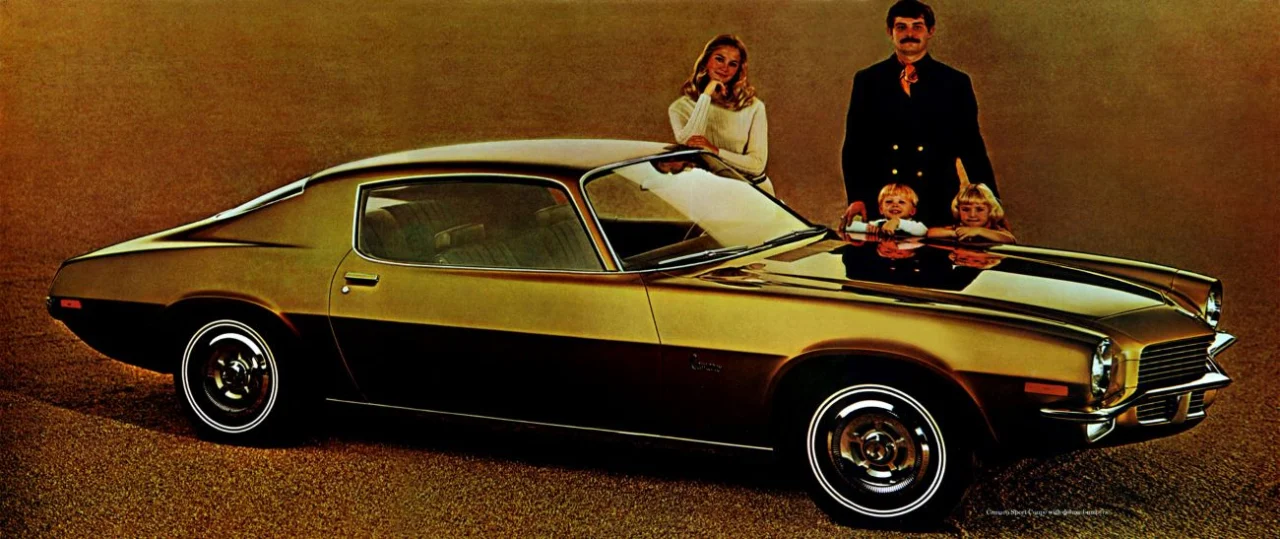
Hi-Performance Cars described the new Camaro as having “exotic lines of what is probably the grooviest super pony car ever build. The basic showroom product is pretty neat with its European GT styling.” The redesign was such that the new Camaro looked a lot longer even though wheelbase remained at 108 inches and length grew by two, a nice sleight of hand.

Gone was the convertible, and the Rally Sport package lost its hidden headlights, but the overall effect was pleasing to many. It was such a fine design and aged so well that this generation lasted through 1981.
As before, there was only one Camaro model (the Sport Coupe) with several packages to adjust its identity:
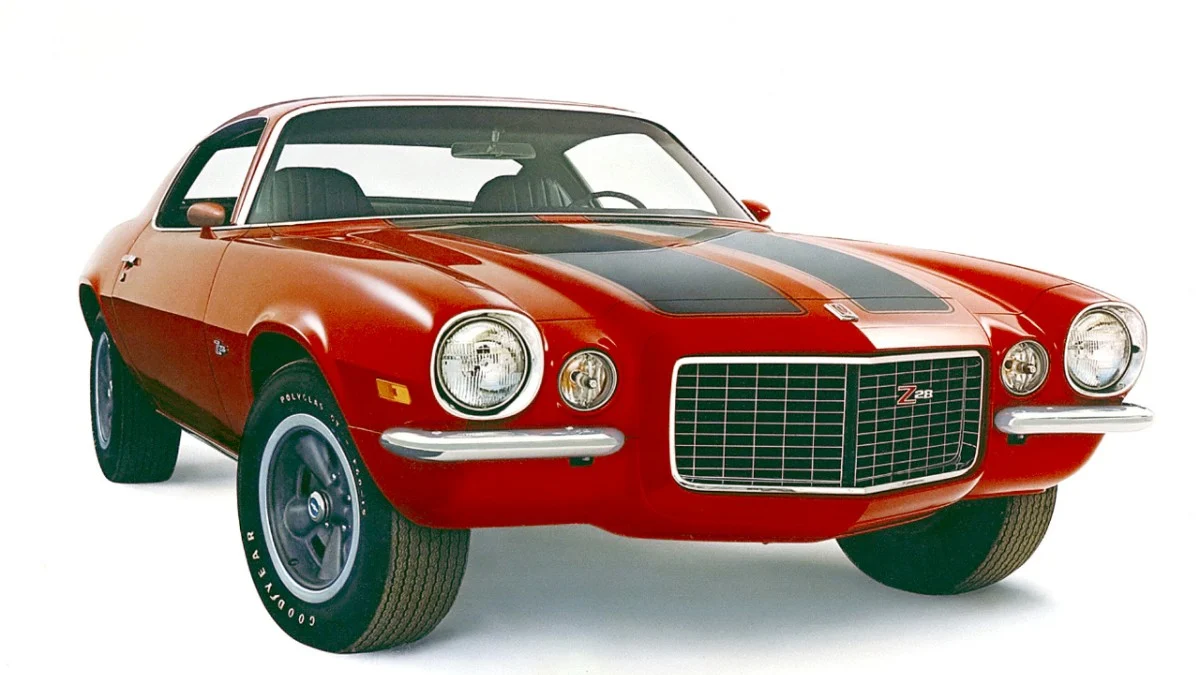
- The base Camaro was available with a 155-horsepower six, a 200-horse 307, or a 250-horse 350.
- Super Sport package—standard was a 350/300, with a 396 (really, 402ci) offering 350 or 375 horses.
- Z28 package—Chevrolet’s Trans-Am homologation special received a horsepower injection thanks to the new LT1 350/360. An automatic transmission also was available for the first time.
- Rally Sport package—the special trim package for the Camaro may have lost trick styling, but now it was a new decade with a different style of trick to distinguish it from the base Camaro. The RS package was available on the base Camaro, or could be paired with either the SS or Z28.
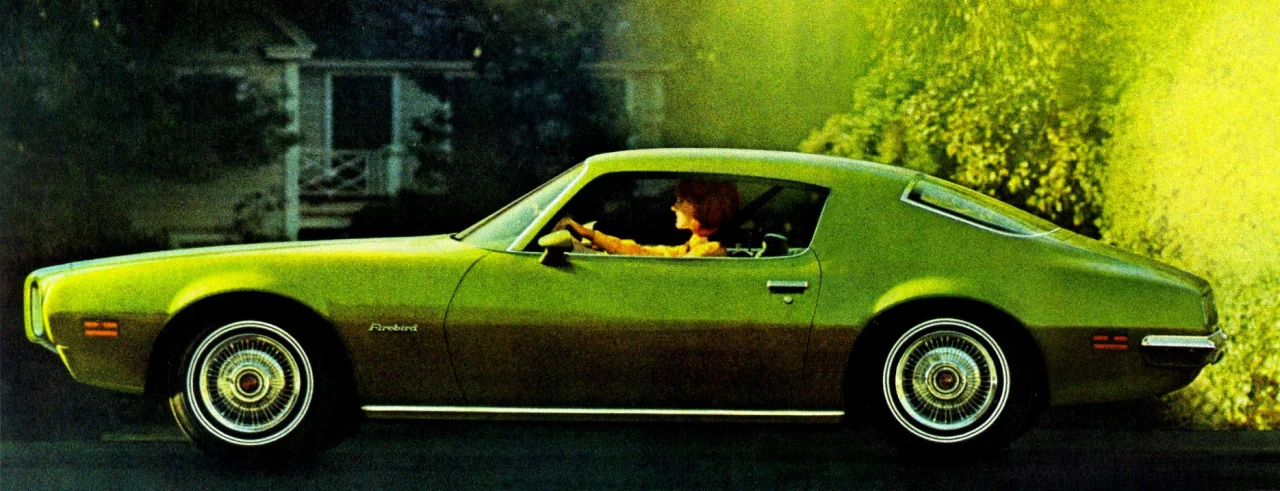
And what about the Camaro’s sidekick, the Pontiac Firebird? That too was introduced 55 years ago today. Sharing the same semi-fastback design but featuring different styling and engines, the Firebird was transformed in ways that could be seen as good or bad, depending on the model. Hot Rod reported that “Pontiac and GM styling have successfully bridged a long open breach between European styling and U.S. functionality.”
With a shuffled roster, the Firebird continued to present itself in five flavors:
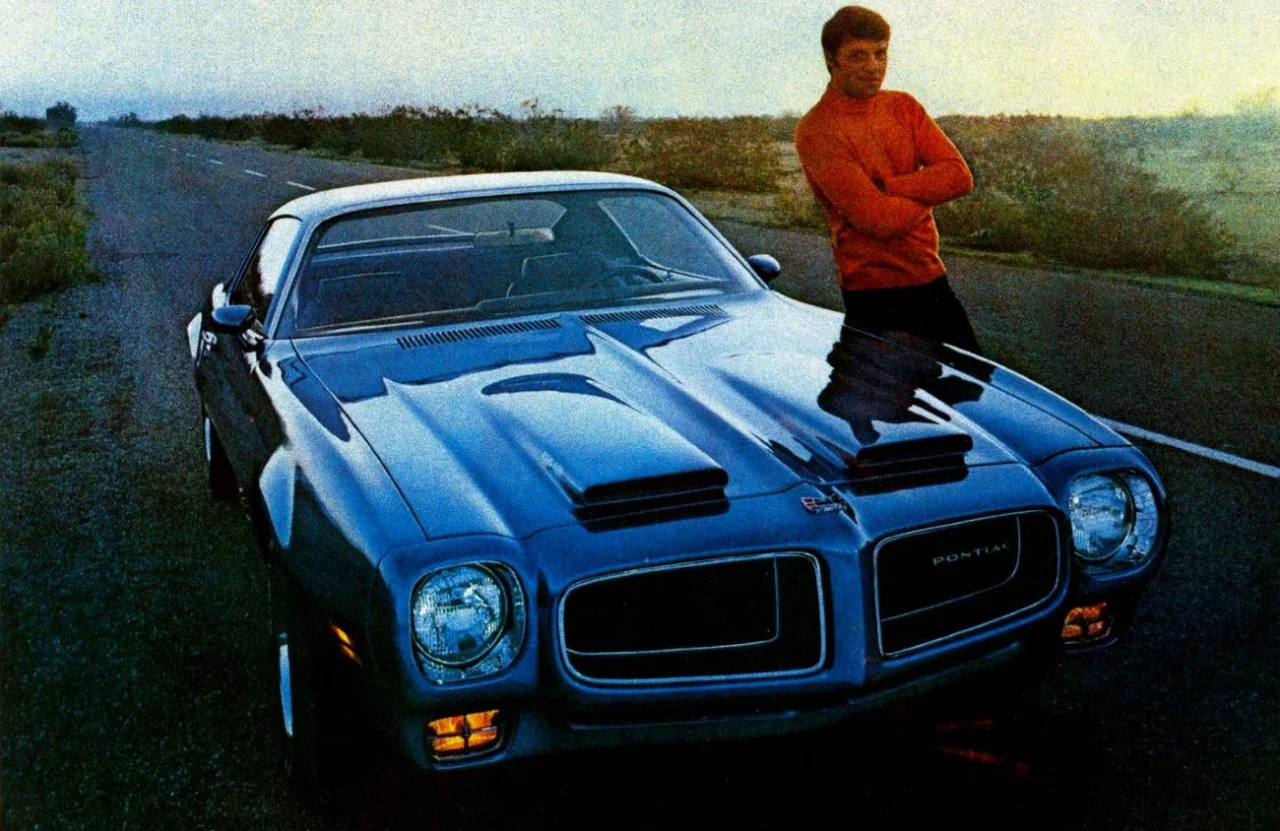
- Firebird—available engines were a 250ci six with 155 horsepower, or a two-barrel 350 with 255 horses. The six was a Chevy unit, which was a shame because Pontiac’s 1966-69 OHC Sprint was the only hot six in America.
- Firebird Esprit—a new model, the Esprit added a dose of luxury and richness to the base Firebird thanks to a fancier interior and touches of chrome outside. The 350 two-barrel was standard, with a 265-horse 400 two-barrel as an option.
- Firebird Formula 400—this was the replacement of the Firebird 400. Forward-reaching scoops on a fiberglass hood were non-functional with the 400/330, but order the optional 400/345 Ram Air (otherwise known as the Ram Air III) and they would breathe.
- Firebird Trans Am—initially a mid-year package for the 1969 Firebird 400, the new 1970 Trans Am became the car it was trying to be all along. If there was an American car that looked like a race car, it was this, with functional spoilers and air dams all over. Standard was the 400 Ram Air with a shaker hood scoop, with the promise of a unique Super Duty Ram Air IV (a RAIV with the bottom end from the stillborn Ram Air V) that never materialized. Instead, Pontiac substituted the regular RAIV, of which 88 were installed.
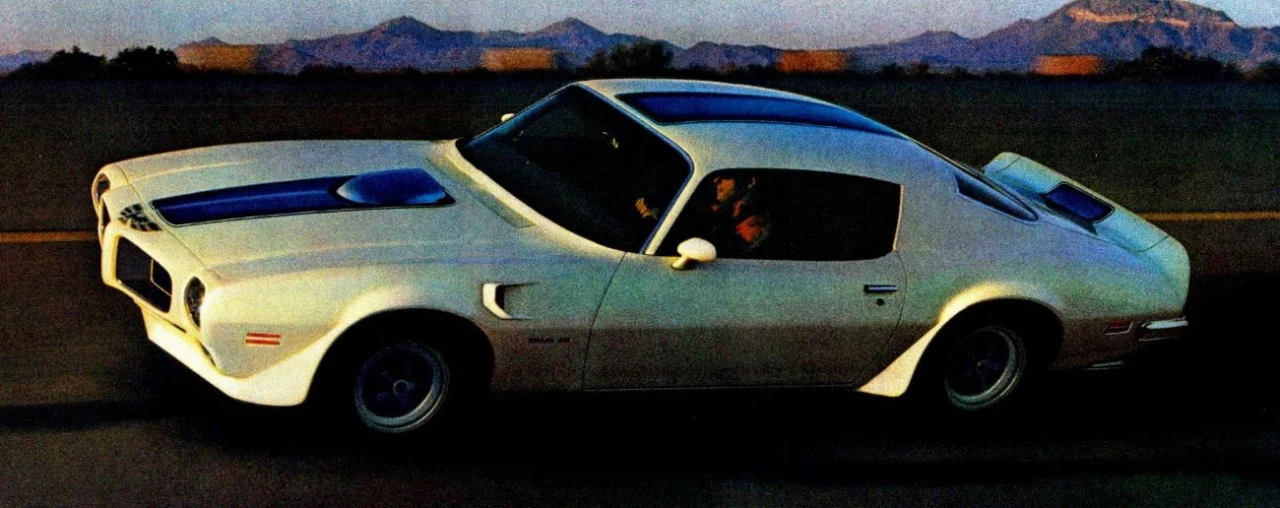
All this goodness wouldn’t last long, as General Motors would institute low-compression engines across the board. For 1971, Pontiac weathered the horsepower loss much better than Chevrolet thanks to the round-port 455 HO, which mated low-compression versions of the round-port RAIV heads with the 455 that had previously only been available on GTOs and full-size cars. On the Camaro’s side, the solid-lifter 396 was put to pasture, while the solid-lifter LT1 lost 30 horsepower.
Nonetheless, both the 1970 Camaro and Firebird enjoyed production for seven month, offering many unique features that would be replaced for the 1971 model year, with the Trans Am especially becoming America’s most desired car later in the decade.

